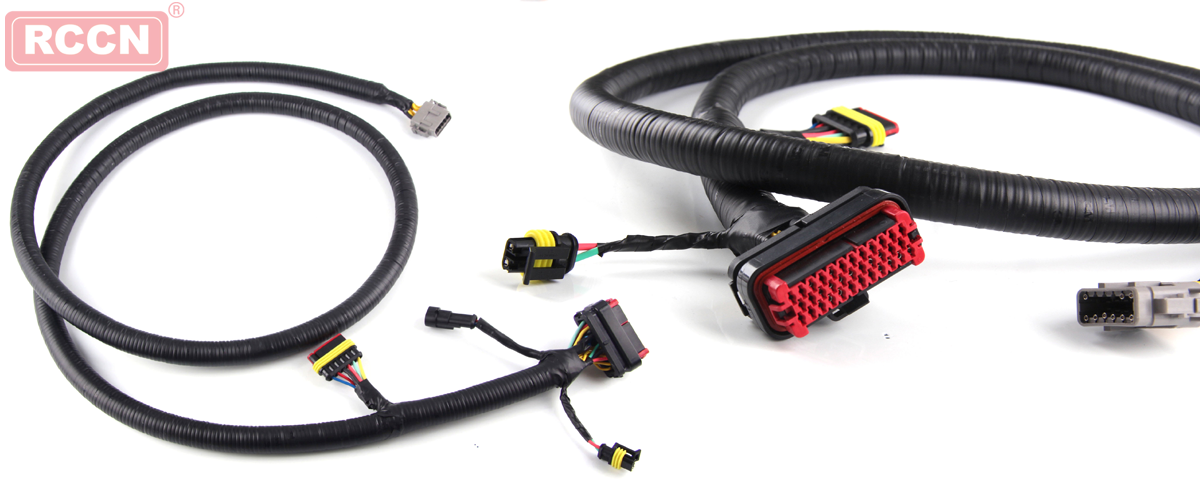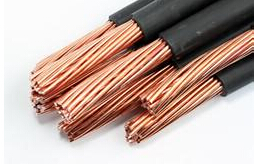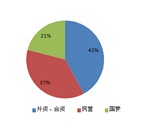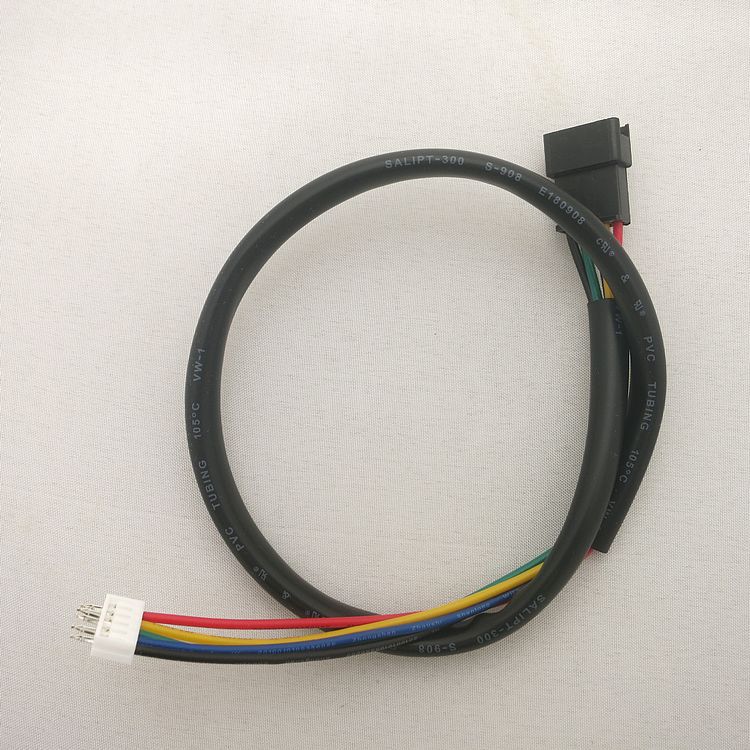The general working procedure of wire harness processing includes cutting, stripping, stripping, pressing terminal, immersion tin, inserting, welding, casing, testing, visual inspection, packaging and storage. It can be said that every process is important, and there are many things to be aware of, which is directly related to the quality of the whole set of wiring harnesses.

For example, the cutting line requires the line length to be within the tolerance range, too long or too short to flow to the next process;
Peeling also has length requirements, and it can't hurt the inner core wire;
There is a length requirement for the stripping head, which is directly related to the terminal specification. If the terminal is too short or too long, the terminal crimping is unqualified;
The important thing of the pressure terminal is that the tensile force must reach the standard, and the appearance of the terminal should be ok;
The immersion tin is filled with tin and partially tinned, and there must be no broom head, split fork, big head, etc., otherwise it is unqualified;
It is also very important that the insert case is easily inserted into the wrong position; the welding cannot be false welded, soldered, missed, or mis-welded;
The casing includes a set of heat-shrinkable tubes, pvc tubes, coiled tubes, yellow wax tubes, etc., and the size and process have strict requirements;
The test includes continuity test, resistance voltage test, etc., if it does not meet the requirements, it is a defective product; the appearance inspection is supplemented by the previous process inspection, and the overall wire harness appearance inspection is unqualified and needs to be returned for repair;
Packaging and storage should be properly packaged and stored for each type of wire harness, otherwise the qualified product will become a defective product, which is also very important.
















 RCCN WeChat QrCode
RCCN WeChat QrCode Mobile WebSite
Mobile WebSite







